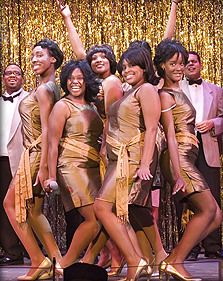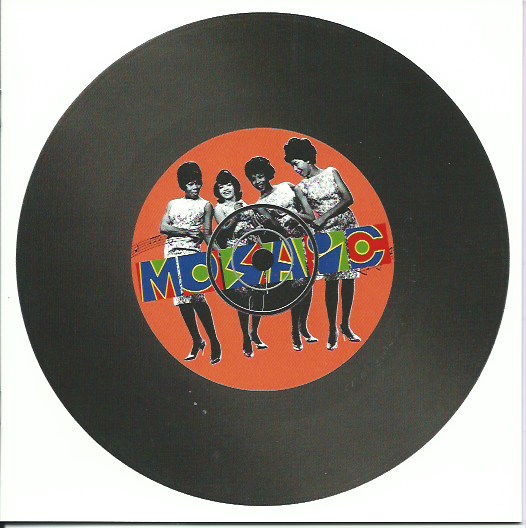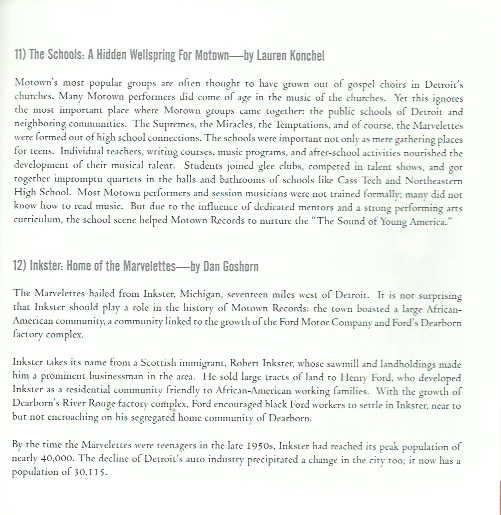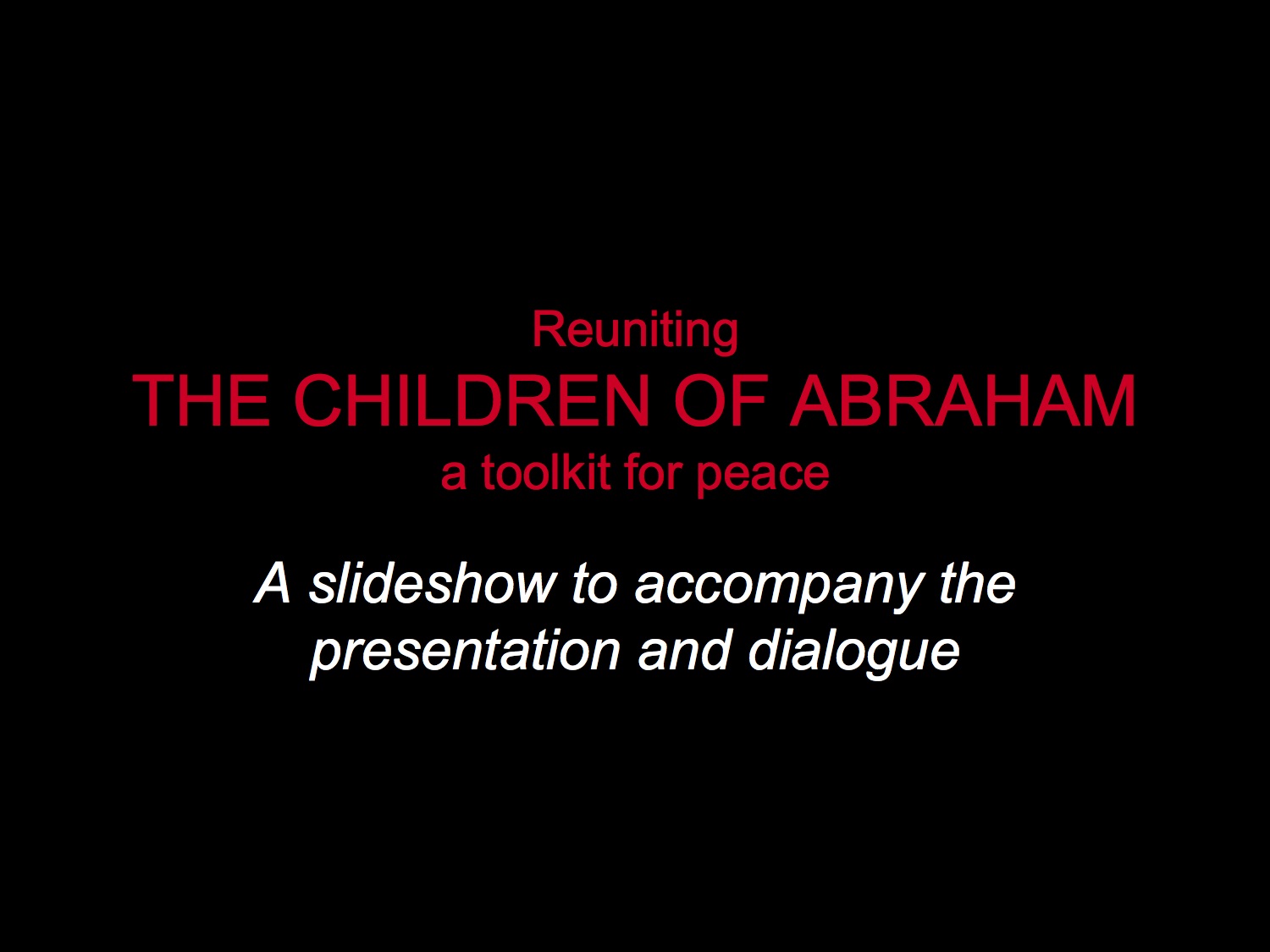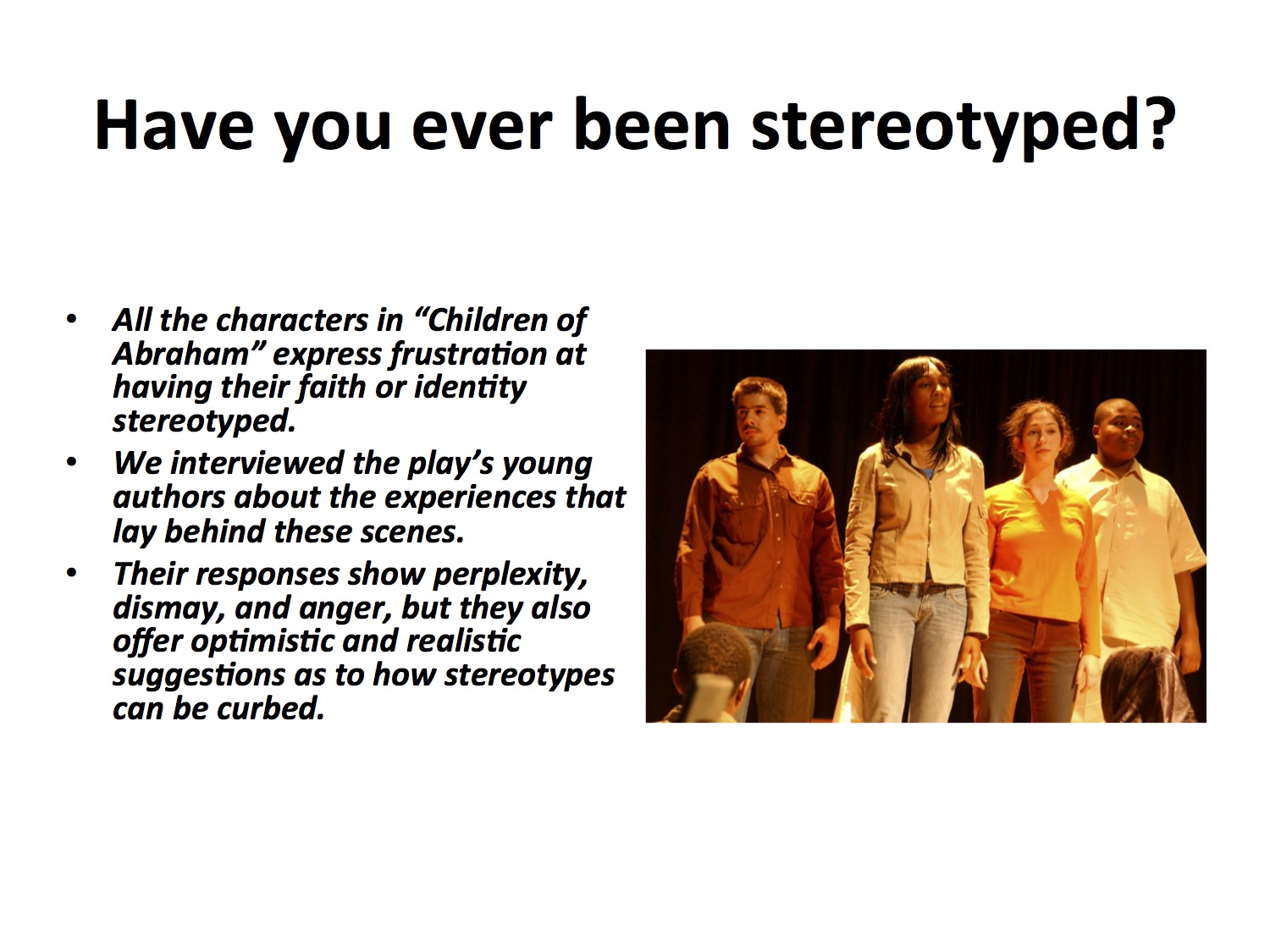Mosaic youth theatre projects
PERFORMANCE PROJECTS WITH DETROIT YOUTH THEATRE TROUPE (1999-2005)
Partners: Mosaic Youth Theatre of Detroit, University of Michigan Residential College
Course: Community Projects In the Arts and Humanities (syllabi, 2000, 2001, 2005)
Mosaic Youth Theatre is a cultural treasure of metropolitan Detroit, a drama troupe that showcases some of the city's most talented young people. As Director of the UM Arts of Citizenship Program, I worked with Mosaic and its visionary CEO, Rick Sperling, on three projects. The partnership was formative for my growth as a public scholar and community-engaged teacher. It developed an iterative, dialogical practice of cultural collaboration, one in which all participants--scholars, students, artists, community story-tellers--brought their distinctive expertise and energy to a process whose discoveries and creative outcomes no one could have foreseen or achieved on their own. The projects exemplified a model of academic-community partnerships--long-term, sustained, exploratory--that was emerging as best practice in the national civic engagement movement.
"2001 HASTINGS STREET" (2000-01)
In 1999, Rick Sperling approached historian Charlie Bright and director Kate Mendeloff--faculty members in the University of Michigan's innovative Residential College--to help with a new commission: a historical play to commemorate Detroit's tricentennial two years later. Bright and Mendeloff were interested in the use of oral history to create theatrical work, and in the spring of 2000, they team-taught a seminar on the history of Detroit. Students were assigned to interview Detroiters of different eras and compose dramatic monologues in response to a prompt that Rick Sperling proposed: what was it like to come of age as a teenager in the city?
For the Mosaic teens, what was most captivating in the seminar material were stories from the 1940s. So Arts of Citizenship followed up with summer research (led by graduate student Rebecca Poyourow) into the experience of young people in Depression-era and World War II Detroit. One discovery in particular caught Rick Sperling's imagination: the existence of the "Y-Gee Club," a 'youth guidance' center on the African-American east side of Detroit. As it turned out, the Mosaic teens had many relatives and neighbors who had been "Y-Gee's." Rick asked them to do oral histories with these elders; and drawing on both their interviews and the UM research, he wrote "2001 Hastings Street." Set in the Y-Gee Club one afternoon in 1945, it portrays a group of "Y-Gee's" who decide to enter a city-wide drama contest with a play about their own lives. They brainstorm, improvise, and argue about what stories--school life, street life, the church, the war at home, the color line, anti-black violence in the city--should be included.
Mosaic workshopped the play in spring, 2001, receiving detailed suggestions from the elders who had contributed their stories. At the same time, a student team in my class on Community Projects In the Arts and Humanities (syllabus, 2000) took on one final piece of the partnership: a social-history exhibition that would accompany the play as it toured. Using student research and my text, designer Lynne Friman created a set of freestanding panels on such themes as black neighborhood life, the entertainment district, the social world of teenagers, and the color line. In June, "2001 Hastings Street" opened to acclaim in Detroit's Music Hall (with our exhibition in the lobby). Five years later it was revived, revised, and retitled "Hastings Street." It remains part of the Mosaic repertoire.
The Hastings Street project was both iterative and integrative, weaving together oral history, archival research, monologue writing, script-writing, and exhibition design over the course of two years. It drew on both the generosity of community members who shared their life-stories and the back-and-forth sharing of expertise among community participants, theater artists, and academic researchers. It exemplified the ideal of collaborative, interdisciplinary, public culture-making to which Arts of Citizenship aspired.
Rick Sperling wrote about the project in this 2013 piece for the Huffington Post. Charlie Bright reflected on its teaching and research process in this 2002 essay for the Journal of American History. And here is the historical primer that Rebecca Poyourow and the Arts of Citizenship staff developed for Mosaic.
"NOW THAT I CAN DANCE" (2004-05)
The success of "2001 Hastings Street" generated new spin-offs and partnerships. Its coming-of-age theme prompted me to propose to Michigan Radio a student documentary about the experience of teenagers during the turmoil of 1967 Detroit (the first of a series of public radio partnerships, described here). It connected me with Matrix Theatre Company, an activist performance group in Southwest Detroit, with whom I collaborated on the "Homelands" project (described here). And several years later, Mosaic enlisted Arts of Citizenship on a second Detroit history play: "Now That I Can Dance," which dramatized the early years of Motown Records, centering on story of the Marvelettes.
Motown's basic story was well-known, but students in my Community Projects seminar (syllabus, 2005) contributed supplementary research on topics like '60s slang and Detroit city politics. They served as research mentors to the Mosaic high-schoolers, helping them explore the lives and careers of the Motown figures they were portraying. And Rick Sperling asked us to develop educational materials that (as with the Hastings Street lobby display) could provide playgoers with historical context. Instead of an exhibition, however, we proposed something more in tune with the play itself: a booklet, sized and packaged like a 45rpm record, that gave background on the story of "Motown Records, Its People, Its Places, and Its Social World" in a series of one-page, historical 'singles.'
"Now That I Can Dance" opened in May, 2005, and Mosaic has restaged it several times.
(At left: a publicity shot and booklet pages from "Now That I Can Dance")
"CHILDREN OF ABRAHAM" (2004-05)
The third project didn't involve the history of Detroit. It focused on religious identities and interfaith relationships--explored, as always with Mosaic Youth Theatre, via young people's experiences and creativity. In 2004, Rick Sperling was asked by two interfaith activists, Brenda Rosenberg and Imam Abdullah El Amin, to create a play that might catalyze dialogue and reconciliation among Christians, Jews, and Muslims. (Southeast Michigan is home to America's largest Muslim- and Arab-American community, as well as a thriving Jewish community.) Over several months, Rick and playwright Rachel Urist worked with a group of Muslim, Jewish, and Christian teens, using storytelling and improvisation to craft "Children of Abraham." The hour-long piece enacts the (very different) stories of Abraham from the Qu'ran and Bible. At the same time, it interweaves the teens' own stories as modern-day children of Abraham: stories of stereotyping and exclusion, turmoil over the middle East, interfaith conflict and connection.
Arts of Citizenship was asked to develop educational materials to inform and structure the discussions catalyzed by the play. Guided by both scholarship and local faith leaders, Project Coordinator Josephine Tsai and I created a resource that could be used as a slide show, exhibition panels, or a traveling kit. It offered an overview of the Abrahamic stories (both Biblical and Qu'aranic). It included an FAQ about basic tenets of the Abrahamic faiths. It discussed recurrent ways that Jews, Muslims, and Christians are stereotyped and misunderstood in the U.S. And it concluded with a section on "hot topics"--flashpoints such as terrorism, Zionism, Christian evangelism, the Jewish idea of the chosen people, and the Muslim idea of jihad--based on interviews of people within each faith community.
(Below are links to each of these sections.)
Return to Past Projects



